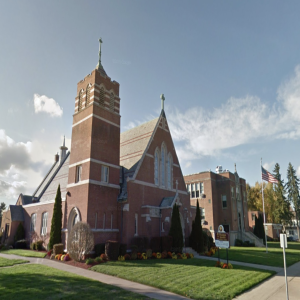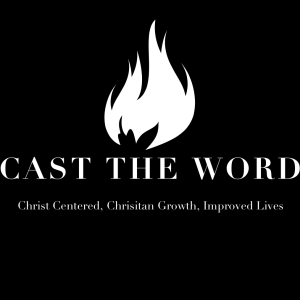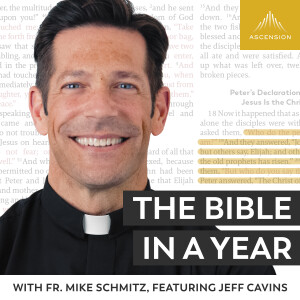

Leo Tolstoy tells a story that begins with the imminent death of a 70-year-old sinner. The man has never done a good deed in his life, and only with his last words did he ask the LORD for forgiveness.
When the man dies his soul comes before the gates of Heaven, but they are locked. The man knocks and knocks at the gates, but to no avail. Finally, the Accuser decrees that such a sinner cannot enter Heaven, and all the man's sins are recited. The sinner begs to be let in, but Peter the Apostle explains that such a sinner cannot be allowed in. The sinner points out that for all of Peter's virtue, he still sinned by denying Christ. He is still not let in.
The sinner continues his knocking and is again met by his list of sins by the Accuser. Now King David explains that such a sinner cannot be allowed in. The sinner points out that for all of David's virtue, he still sinned by committing adultery. He is still not let in.
The sinner continues his knocking and now is spoken to by John the Apostle. The sinner pleads with John, saying, “Was it not you, John the Divine who wrote that God is Love, and that he who loves not, knows not God? And in your old age did you not say: ‘Love one another." How, then, can you look on me with hatred, and drive me away? Either you must renounce what you have said, or loving me, must let me enter the kingdom of heaven.'
And the gates of Paradise opened, and John embraced the repentant sinner and took him into the kingdom of heaven.
Our Scripture readings today focus on repentance, which has the utmost power in our lives. Repentance, a sincere sorrow for our sins, is so powerful because it opens us up to the forgiving power of God in our lives. Through repentant hearts, we receive forgiveness from God and others and we are transformed by that forgiveness. Without repentance, God’s forgiveness, which is always being offered up, has no way into our hearts; it has nowhere to go; it has no real power in our lives.
Repentance is not just being sorry for our sins; it’s seeking to become all that we were meant to be in life. It’s opening our hearts to God’s forgiveness, and God’s love, and God’s transforming power to help us to reach all that we were made for in this life. It’s much more than guilt and it’s much more than the desire to be free from guilt. It’s the desire, the yearning, to be whole, to be filled with the love of God, and to follow the will of God in our lives. It’s the longing to be new once again. Each one of us has the potential to be transformed, to be re-formed.
There is a story about Leonardo da Vinci when he was painting “The Lord’s Supper.” He chose an attractive young man named Pietri Bandinelli to be his model for Jesus in the painting.
The complete work took several years to finish. The final character was Judas, and da Vinci went into the slums and all of the “dives” in town looking for someone who would serve as a model for Judas. He was looking for someone who would stand out as such in any gathering.
He found the perfect man, one who was depraved and vicious-looking. Later, as he was painting, Leonardo sensed that there was something familiar about the man, and finally he asked if they had ever met before. “Yes, we have,” replied the man, “but much has happened in my life since then.” He said that his name was Bandinelli, that it was he who was the model for Jesus several years before.
It is important to remember that the reverse can be true, that this man could have been painted as Judas first, and later transformed into a model for Jesus. After all, a saint is simply a sinner whom Jesus has saved and sanctified. But, while Jesus is always offering this to us, the process takes place only in the repentant heart of a sinner[1]; we need to cooperate with the grace of God. May our hearts, through a true sense of repentance and a true desire to reform our lives, be open to and transformed by the saving grace of Jesus Christ.
[1] McArdle, Jack, 150 More Stories for Preachers and Teachers, Twenty-Third Publications, Mystic, CT, 1996, p. 87.
More Episodes
All Episodes>>You may also like
Create Your Podcast In Minutes
- Full-featured podcast site
- Unlimited storage and bandwidth
- Comprehensive podcast stats
- Distribute to Apple Podcasts, Spotify, and more
- Make money with your podcast












